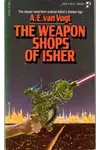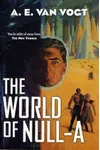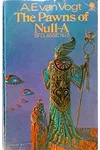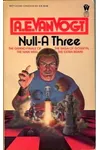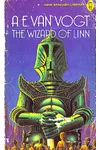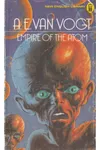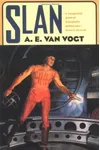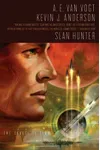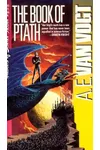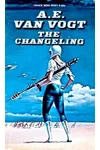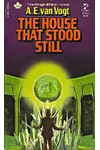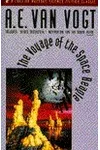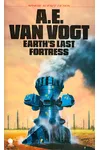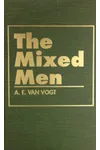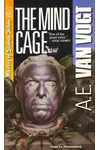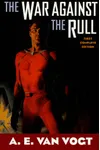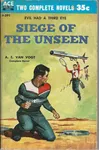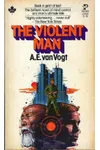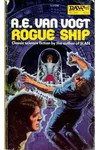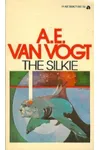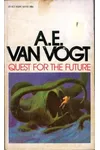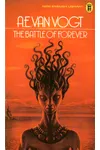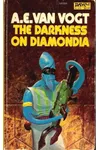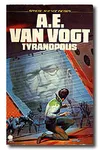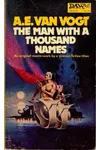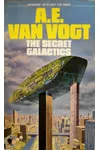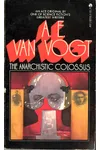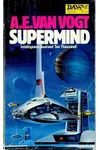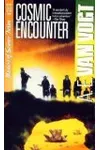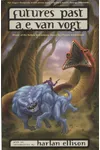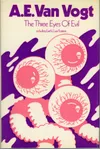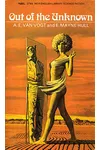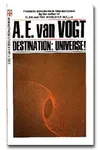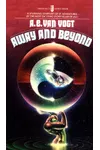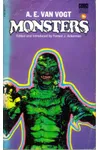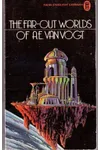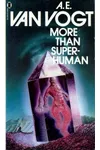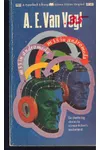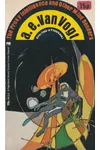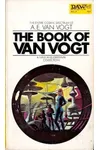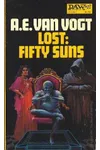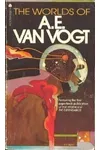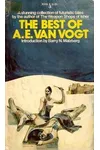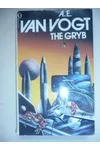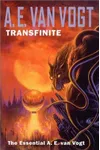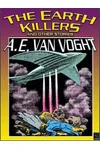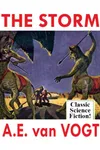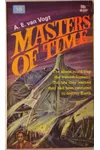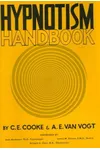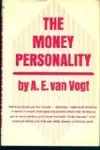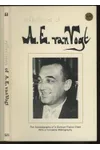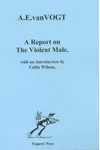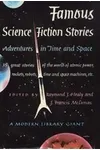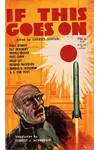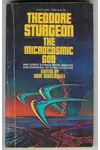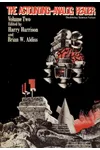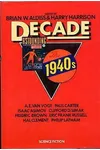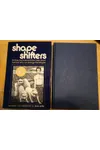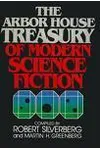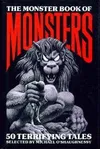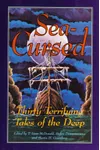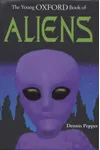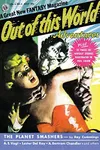Picture a Canadian storyteller who spun tales of superhumans and galactic intrigue, captivating readers in science fiction’s Golden Age—meet A.E. van Vogt! Born in 1912, this visionary author crafted mind-bending narratives that challenged logic and inspired writers like Philip K. Dick. With his unique ‘fix-up’ novels and dream-fueled creativity, van Vogt left an indelible mark on sci-fi.
From his fragmented storytelling to his fascination with consciousness, van Vogt’s work was anything but ordinary. Let’s dive into his life, his unforgettable stories, and why he remains a sci-fi legend.
The Making of A.E. van Vogt
Alfred Elton van Vogt was born on April 26, 1912, in a small Russian Mennonite community in Manitoba, Canada. Growing up in a family that moved often, young Alfred felt like a “ship without an anchor.” The Great Depression dashed his college dreams, leading him to jobs as a truck driver and census clerk. But his passion for storytelling burned bright, sparked by early sci-fi pulps. By the 1930s, he was writing radio plays and confession-style stories, honing his craft before finding his true calling in science fiction.
Inspired by a 1938 issue of Astounding Science Fiction, van Vogt submitted his first sci-fi story, “Black Destroyer,” which became a sensation in 1939. This tale of a predatory alien set the stage for his prolific career, cementing his place in the genre’s Golden Age alongside Isaac Asimov and Robert Heinlein.
A.E. van Vogt’s Unforgettable Stories
Van Vogt’s stories were fast-paced, complex, and often disorienting, blending space opera with psychological depth. His signature ‘fix-up’ technique—stitching together short stories into novels—created layered, dreamlike narratives. His fascination with non-Aristotelian logic, or “Null-A,” explored higher consciousness, making his work both thrilling and cerebral.
Key works include Slan (1946), a gripping tale of a telepathic mutant hunted by humans, which inspired the fan slogan “Fans are Slans!” The World of Null-A (1948) follows Gilbert Gosseyn, a man with multiple identities navigating a galaxy of political intrigue, introducing readers to Korzybski’s general semantics. The Voyage of the Space Beagle (1950), a fix-up novel, chronicles a spaceship crew facing alien threats, later inspiring the film Alien. The Weapon Shops of Isher (1951) weaves time travel and rebellion into a galactic epic, showcasing van Vogt’s knack for sprawling yet intimate stories.
His writing style, influenced by books like John Gallishaw’s The Only Two Ways to Write a Story, was deliberately chaotic, with new conflicts every 800 words. Van Vogt even woke every 90 minutes to jot down dreams, infusing his tales with surreal energy that captivated readers but baffled critics.
Why A.E. van Vogt Matters
Van Vogt’s influence on science fiction is undeniable. His fragmented narratives and bold ideas paved the way for writers like Philip K. Dick, who praised The World of Null-A for mirroring reality’s chaos. His concepts, from mutant superhumans to interstellar exploration, shaped sci-fi staples seen in Star Trek and Alien. In 1995, he was named the 14th Grand Master by the Science Fiction Writers of America, and in 1996, he was inducted into the Science Fiction and Fantasy Hall of Fame.
Despite a hiatus in the 1950s to explore Dianetics, van Vogt’s return to writing in the 1960s proved his enduring creativity. His work, translated into French by surrealist Boris Vian, was celebrated as surrealist literature, broadening his global impact. Today, van Vogt’s stories remain a thrilling entry point into the Golden Age of sci-fi.
- Born: April 26, 1912, Manitoba, Canada
- Key Works: Slan, The World of Null-A, The Voyage of the Space Beagle, The Weapon Shops of Isher
- Awards: SFWA Grand Master (1995), Science Fiction Hall of Fame (1996)
Snag Slan or The World of Null-A and dive into A.E. van Vogt’s mind-bending sci-fi adventures!

